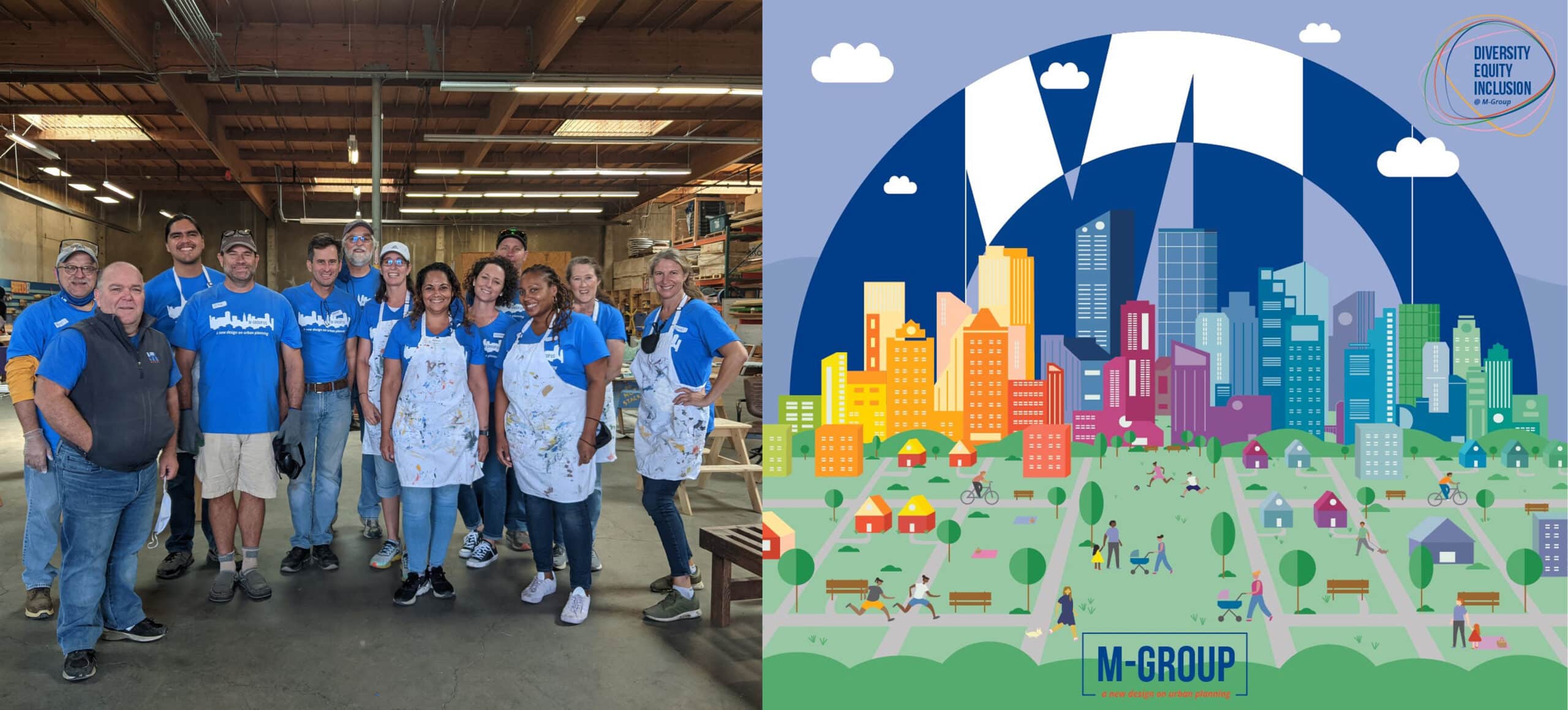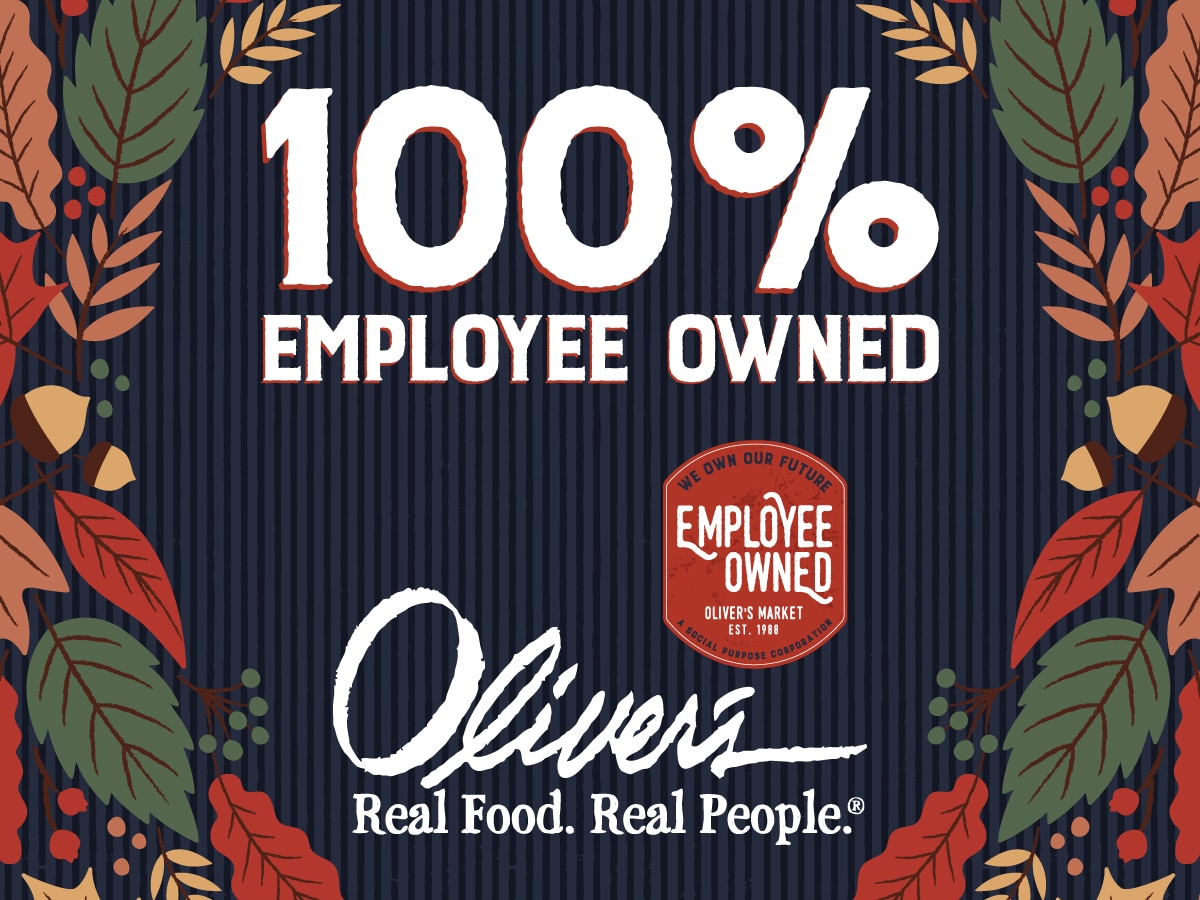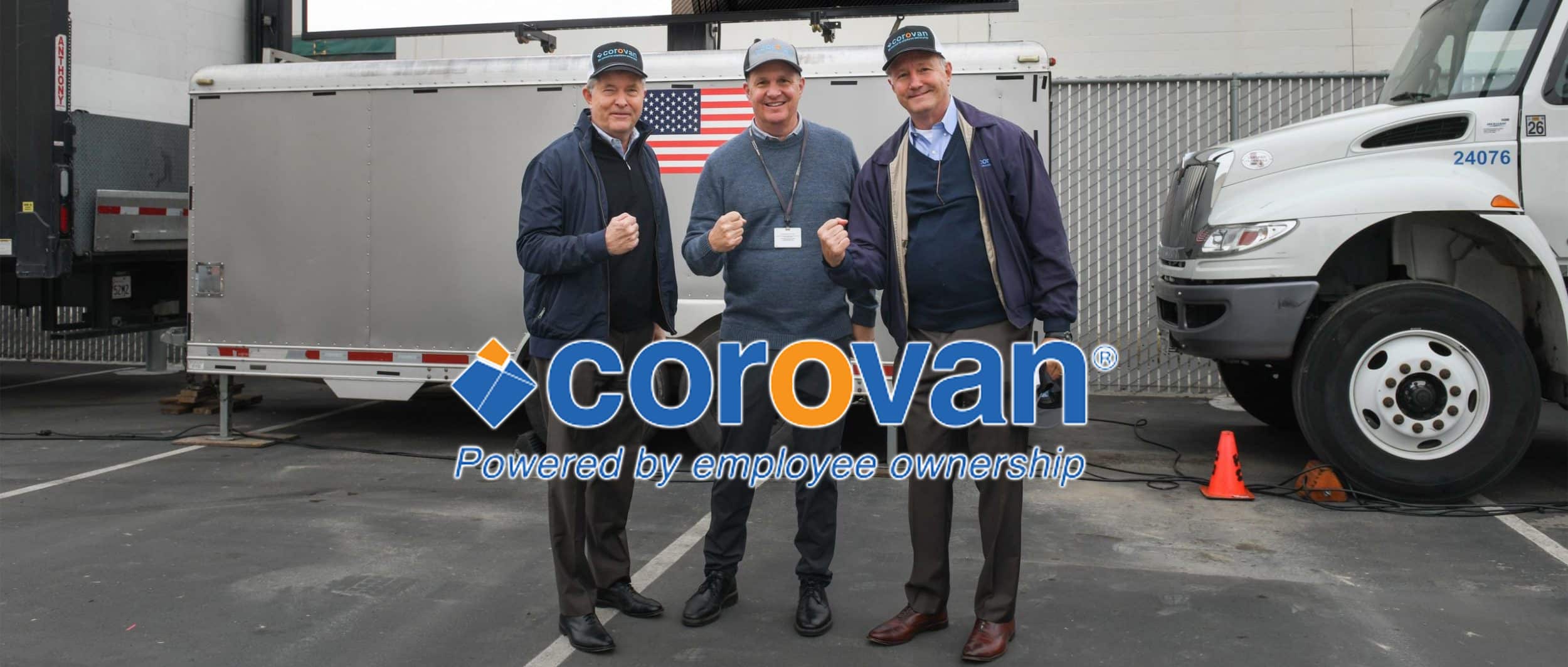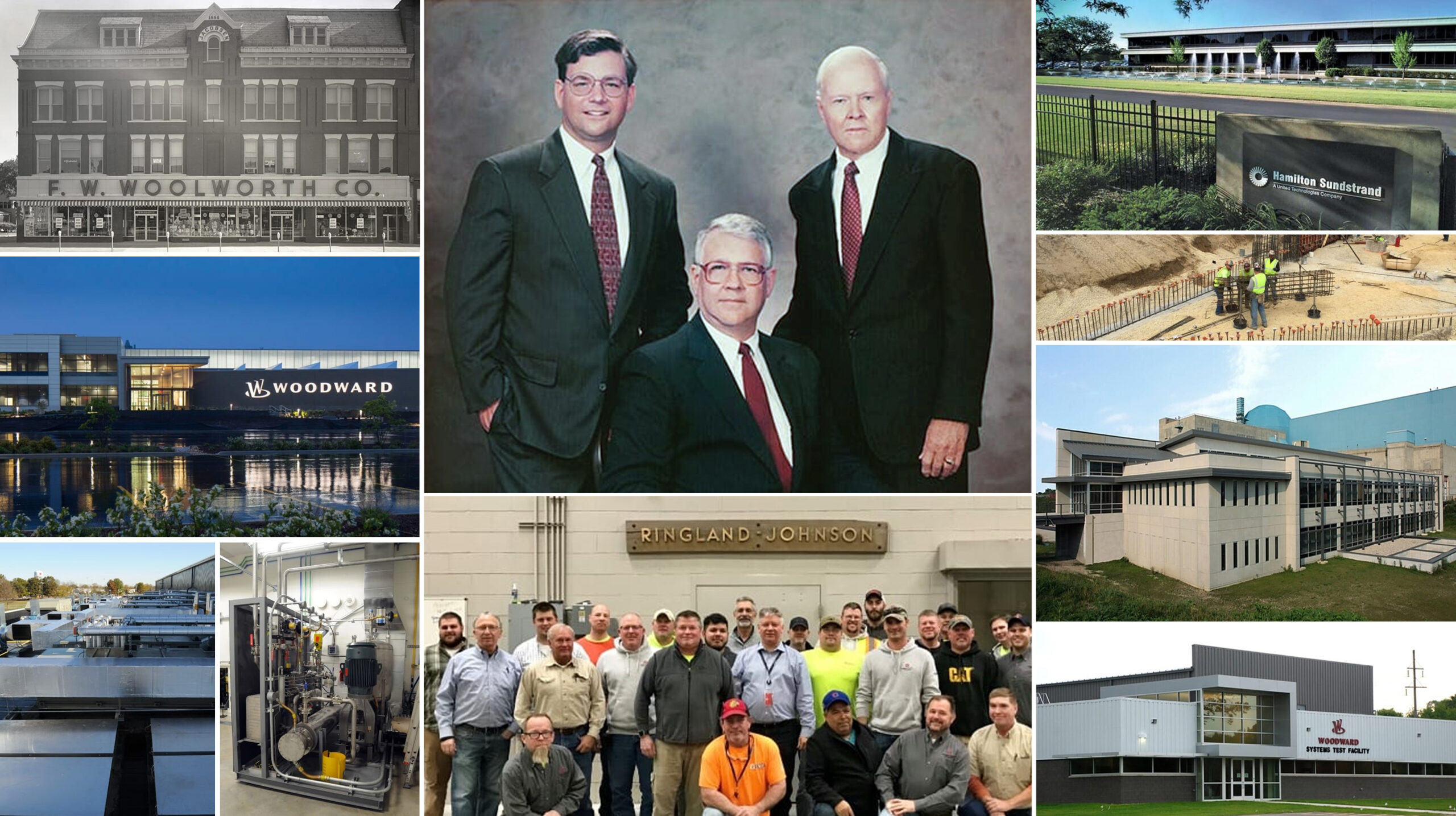Approximately 97 percent of our nation’s businesses are privately-held. In spite of this, charitable and tax-exempt organizations have not achieved particularly significant results in securing major gift income from owners of closely-held companies.
The reasons for this apparent oversight may be understandable. Although small business owners may head enterprises worth substantial amounts of money, frequently, the bulk of their net worth can be tied up in the companies they own. Thus, even if owners of closely-held companies express an interest in philanthropy, the chances are their gifts might need to be funded with closely-held stock. It is this which poses two problems:
- Stock issued by privately-held companies can be very difficult to value.
- In addition, there is usually no ready market for privately-held securities.
There is a related problem. In many instances the business owner may have held this stock for a prolonged period; and during that time, the stock may have appreciated substantially. Even if the business owner were willing to convert some portion of his closely-held stock into cash or another more negotiable security in order to fund the charitable gift, it is very probable that he could confront substantial capital gains or ordinary tax liabilities in so doing. Therefore, rather than deriving a tax advantage as a result of making a major gift, the donor is penalized as a result of having to convert his equity into a more negotiable form prior to donating it to the charity.
Is there any way for the business owner to resolve the problems related to value, liquidity and appreciation in such a way that significant philanthropy could become more feasible for him? In a word, yes.
If an owner of a privately-held company were willing to install an Employee Stock Ownership Plan (ESOP) in his company, the problems related to stock value and liquidity, and in specialized instances, the problems related to long-term appreciation can be resolved.
What is an ESOP and why would it be of interest to a non-profit or tax-exempt organization? Let’s deal initially with the first part of the question: What is an ESOP? Stated most simply, an ESOP is a trust which a business can establish, providing it meets certain very strict criteria set forth in the Employee Retirement Income Security Act of 1974 (ERISA). Once the trust has been installed, it functions as both a tool of corporate and personal finance and as an employee retirement and incentive program. This trust allows the company owner to accomplish the following both for himself and for his employees:
The ESOP provides company owners (shareholders) with a ready market for their stock, and it values that stock according to very strict guidelines set forth in the Internal Revenue Code and related Revenue Rulings.
- The ESOP trust also allows the owner to set up a retirement program for his employees. This equity-based deferred compensation program allows the employees to become beneficial shareholders in the company where they work. As a direct consequence of their labor, both on a day-to-day basis and over the long term, ESOP company employees are able to reap tangible benefits in a retirement program funded with shares of the sponsoring company’s stock.
- ESOP legislation has established generous tax incentives to reward those business owners who install ESOPs. Providing that 30% or more of the company’s outstanding stock is sold to the ESOP, the shareholder may sell his shares of privately-held stock to the ESOP and use the proceeds to purchase other qualified securities tax free.
- What relevance does all of this have to you as a principal administrator of a tax-exempt or non-profit organization?
Because the ESOP provides a legitimate market and reliable value for privately-held stock, then it stands to reason that your institution can accept gifts of stock from ESOP companies with the knowledge that such gifts will have a ready market and a reliable fair market value.
If a charity advocates ESOP installation to a potential donor, is it likely to encounter criticism that it is doing so primarily in its own “enlightened self-interest”? Given the wide array of very positive benefits which ESOPs can provide to all of the constituencies it impacts we believe the answer to that question is no. Moreover, we believe charities should be able to adopt ESOP advocacy with a great deal of comfort and a very clear conscience. In order to document this, it might be helpful to briefly review the history and philosophy of the ESOP and to profile a typical ESOP candidate. In addition, it might be useful if we were to outline specific benefits which ESOPs afford to private business owners, the employees, and the companies in which the Plan has been installed.
A BRIEF SUMMARY OF THE HISTORY AND PHILOSOPHY OF ESOPS
ESOPs were conceived by visionary economist and attorney, Louis Kelso, and shepherded through Congress by Senator Russell Long. Although Kelso was a dedicated capitalist, he was concerned by what he perceived to be an inherent weakness in the system — namely, that as the country had become increasingly industrialized, ownership of capital had become more concentrated in the hands of fewer individuals. Kelso sought to reverse this trend by broadening the base of capital ownership for our nation’s workers. The ESOP accomplishes this by giving employees a stake in the ownership of the companies where they work and paying for it out of the future earnings produced by the corporations employing these workers. Kelso sought to promote widespread acceptance of the ESOP concept. He believed by so doing it would be possible to broaden ownership of wealth in a voluntary fashion through the free enterprise system rather than as a consequence of government redistribution of wealth through taxation (which is an involuntary solution to the problem). He, therefore, advocated provisions within ESOP legislation which would allow the ESOP to offer significant financial incentives to business owners who installed ESOPs.
Although ESOPs were mentioned in the Regional Rail Reorganization Act of 1973, the Employee Retirement Income Securities Act of 1974 (ERISA) was the first major bill to codify and fully define the ESOP concept. Subsequent to ERISA, there have been over 20 separate legislative enactments involving ESOPs.
In 1987 Corey Rosen, Executive Director of the National Center for Employee Ownership, and Michael Quarrey, former Projects Director of the National Center for Employee Ownership, estimated in an article they coauthored for the Harvard Business Review that there were 8,100 ESOPs in place and a total of more than eight million employees who were then stockholders by virtue of ESOP installations. Currently, Menke & Associates estimates that there are more than 10,000 ESOPs and an estimated 10,000,000 employees or about 10% of the American workforce who benefit from ESOP installations.
WHO ARE THE PRIMARY CANDIDATES FOR ESOP INSTALLATION AND WHAT ARE THEIR KEY OBJECTIVES?
Approximately 85 percent of the ESOPs installed by Menke & Associates have been established in order to provide some measure of liquidity for the owners of privately-held companies. Although these owners are seeking a way to liquefy some portion of their holdings, they are not necessarily interested in a total sale of their business, nor for the most part are they interested in relinquishing control. Choices which these owners may have considered prior to opting for ESOPs could have included selling the business, merging with a larger company, going public or selling stock back to the corporate treasury. In the course of considering those alternatives, the owner usually discovers that the corporate treasury does not have the cash necessary to fund such a transaction, or that if it does, sale of his stock to the corporate treasury is not nearly as advantageous (from a tax perspective) as is sale of stock to an ESOP. Selling the business is usually regarded as a drastic and, therefore, an unacceptable step, especially if there are family members in the business. Going public usually turns out to be an unrealistic alternative in that most public offerings tend to be targeted at capital infusion as distinct from capital liquefication which is the usual objective of most owners approaching retirement age.
In order to qualify for ESOP installation, a privately-held company should have at least 15 employees and pretax profits of $75,000 or more. Menke & Associates’ clients average 75 or more employees, pretax earnings in excess of $100,000 per year and enterprise values in excess of $3,000,000 or more.
We suspect that most tax-exempt and non-profit organizations would warmly welcome individuals with credentials such as these into their pool of prospective donors.







